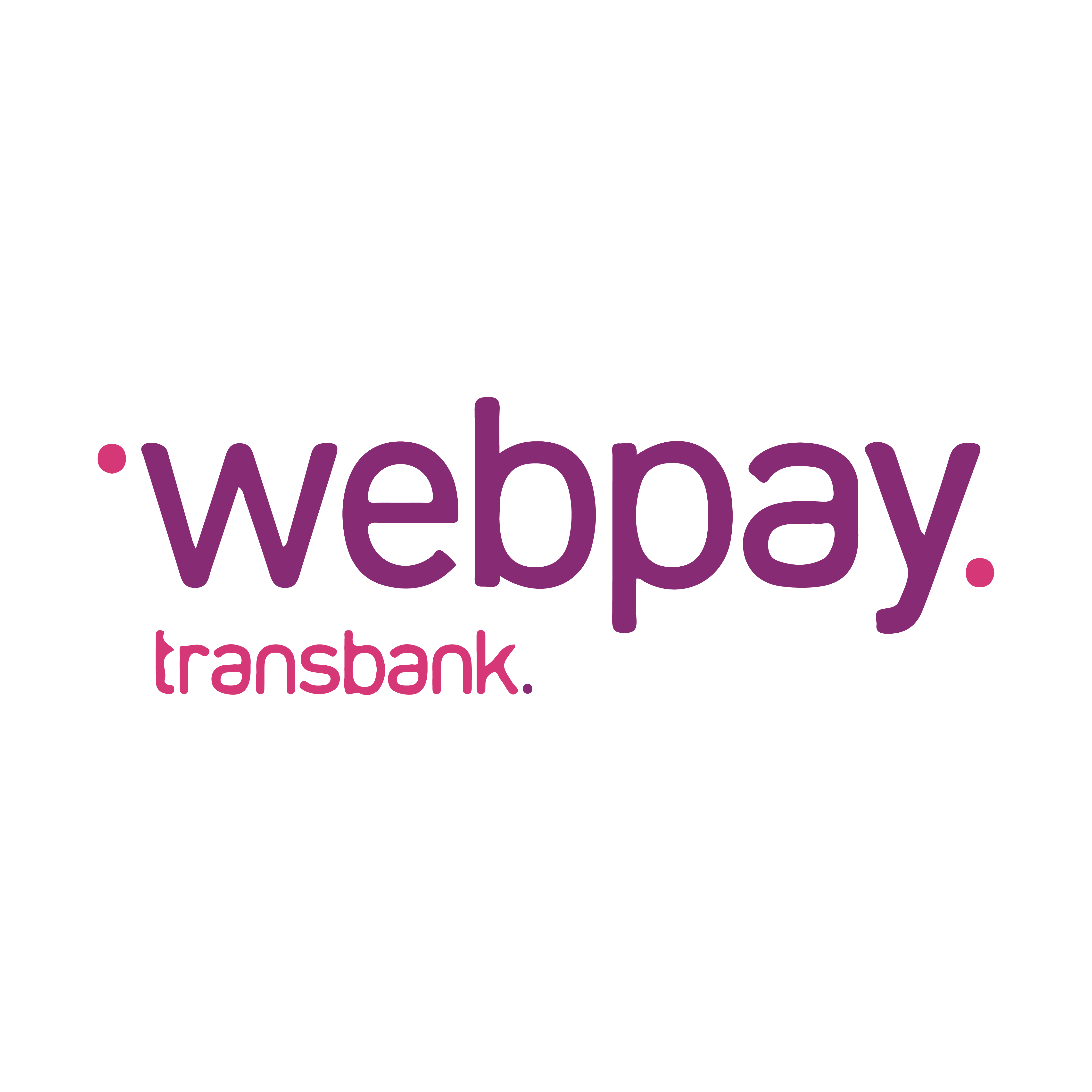Your payment intermediary specialized in Latin America
Ensure your customers in Latin America make local payments using methods they know and trust, boosting success rates in every transaction.


Advantages of being Smart.
Our teams in each country of operation are immersed in the market, ensuring that our solutions are always secure, up-to-date, and compliant with local regulations.
Safe experience
Greater control over payments and financial operations efficiency with real-time updated responses and status via API.Lowest transaction fee
Quick access to the most used instant payment methods in Latin America with the lowest transaction fee in the market.Success in conversion
Customizable checkout pages with the highest transaction approval rates in the market.
Complexity? No More
All major payment methods in Latin America in a single API.
Integrate with a unique API
With a single API, adapt your payments to your business profile and your customers' payment habits, ensuring successful transactions and confident expansion in Latin America.


Management
in real time
The Smart Platform allows for tracking the inflow and outflow of funds and greater control over your payments
Easy payments!
Your customer accesses local payment methods they know and trust in a user-focused system.


Want to offer local payment methods but with your own branding? Okay, no problem!
We have a Whitelabel solution for you to customize your page your way, providing a unique experience for your customers.

Customized experience
So, while we take care of your payments, your resources can be used to create other innovative and personalized experiences for your usersZERO infrastructure cost
By integrating our API, your company can provide payment processing services to your customers without you having to invest in developing a banking infrastructure
Ensure even more security in
payments!
Control customer deposits based on payment risk assessment and have an API that follows all security protocols established in the countries of operation.
In addition to the evaluation and automatic blocking of risky users, we also support you when it is necessary to manually block a harmful user for your business.
Why invest in Latin America?
Rising Market
Expanding gaming market, with revenue projections of $4.25 billion in 2023 and an annual growth rate promising to raise the market volume to $7.38 billion by 2027.Regulatory Advances
The main Latin American countries are rapidly advancing in the regulation of online casinos and sports betting, with many already approving or close to finalizing their legislation.Instant payments
In addition to high acceptance of electronic wallets, instant payment methods have become increasingly popular.
Brazilian market
From PIX to Boleto, we cover all territories of Brazil and offer the most used payment methods by Brazilians. Learn more
Colombian market
Integrate the most used instant payment solutions by Colombians and ensure ease and security for your customers in real time. Learn more
Smart even in customer service
Excellence in Customer Service recognized everywhere, with 100% humanized support for your company and your customers, at all payment stages


Want to send and receive payments from anywhere and at any time?
Check out our latest updates
Access all
What does SmartFastPay do? 
SmartFastPay Technology and Services is a Brazilian company that offers local payment methods for national or international websites. We process payments in local currency or market-specific solutions. To use our services, you must be registered on the partner Sites to whom we offer the services.
As SmartFastPay is a payment and technology company, we do not have the autonomy to cancel and/or decide any internal processes of our partners. Therefore, all information about delivery, tracking, refunds, and other details of your purchase should be requested directly from your shopping site.
How long does it take to confirm my payment? 
The payment processing time may vary according to the payment method used.
We do not have autonomy over the processing time since we depend on the settlement/confirmation of the bank. When we receive the payment confirmation from the bank, the transaction is automatically approved, and the credit is sent to the purchase site.
If the indicated processing time has exceeded the expected period, we ask that you contact the purchase site sending the payment voucher.
- PIX: Instantaneous or up to 11 minutes
- Traditional Boleto: Between 24h to 72h
- Credit Card: Instantaneous
- Debit Card: Instantaneous
- TED Bank Transfer: If made within business hours, TED transfers can take up to 2 hours to be identified by the receiving bank and compensated in your contact's account. However, if transfers are made outside business hours or on weekends, they will be scheduled for the next business day.
- DOC Bank Transfer: an option for transfers from one bank to another, when performed until 9:59 PM on a business day, the operation is compensated on the next business day. After this time and on weekends and holidays, the credit only occurs on the second business day.











































